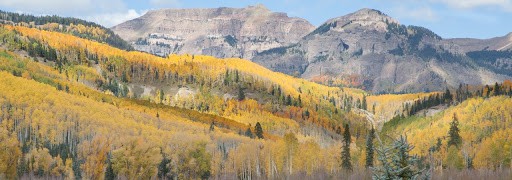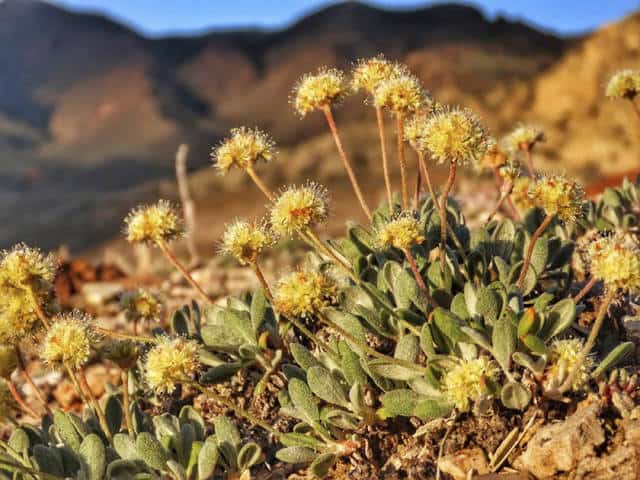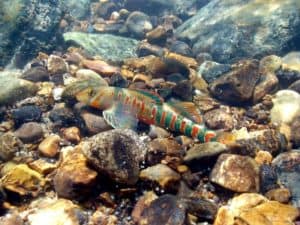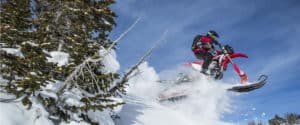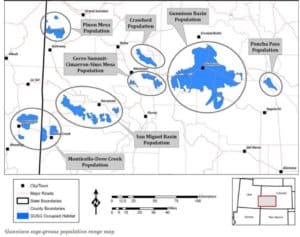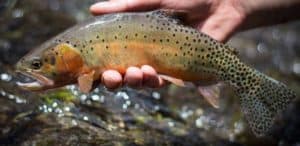In the past couple of months the Forest Service has increased its family of forest plans revised under the 2012 Planning Rule to six. The Chugach and Rio Grande national forests have joined the Francis Marion, Flathead, El Yunque, and Inyo. The Forest Service revision schedule is over six months old, but the Helena-Lewis and Clark National Forest may be next.
Here’s what looks like a news release from the Rio Grande.
The plan prioritizes the use of active management to foster sustainable and productive use of the forest. Compared to the 1996 plan, this new plan is less prescriptive and emphasizes flexibility and commitments to working with the public. Management direction has been updated for all plant and wildlife species.
This seems to capture the mood of the Forest Service these days. The only commitments it has ever liked are those they have to do any way, especially if they are check-the-box kinds of procedural commitments like “working with the public.” In their “update” for wildlife, rather than commit to protecting wildlife as required by NFMA and the Planning Rule, they infuse the plan with discretion. Here’s some examples of what the Rio Grande seems to feel (based on the best available scientific information) would “provide the ecological conditions necessary to: contribute to the recovery of federally listed threatened and endangered species, conserve proposed and candidate species, and maintain a viable population of each species of conservation concern within the plan area” – which plan components “must” do (36 CFR §219.9(b)).
DC-SCC-2: Structure, composition, and function of coniferous forests, including late seral forests, meet the needs of associated species, including species of conservation concern. (Forestwide)
There is a series of these desired conditions for different ecosystems that all say the same thing, which is “we’ll figure out what these species need later.” The Planning Rule requirement is for “plan components” to meet the forest plan requirement, not for project-by-project decisions about how to protect at-risk species. Let’s see if the standards and guidelines add anything …
G-SCC-3: To maintain viability of species of conservation concern, reduce habitat fragmentation and maintain structural conditions of sagebrush ecosystems through design of management activities. Patch sizes should not be less than 5 acres. (Forestwide)
TEPC-G-1: To avoid or minimize adverse effects to listed species and their habitat, management actions should be designed with attention to threatened, endangered, proposed, or candidate species and their habitats. (Forestwide)
Wow. Apparently any “structural conditions” will do, but they at least appear to concede that there is a minimum patch size needed for some species in sagebrush ecosystems (this is actually the kind of “specific” desired condition the Planning Rule envisioned), but conversely there is not enough science to tell them what is needed for anywhere else. If the courts say this is good enough, then the Forest Service has essentially excised the diversity requirement for forest plans from NFMA. (Never mind the question of “how much did the Forest Service spend on forest planning to get THIS?”) (This is a continuation of a pattern discussed here, and may lead to some of the same kinds of problems under ESA.)
